|
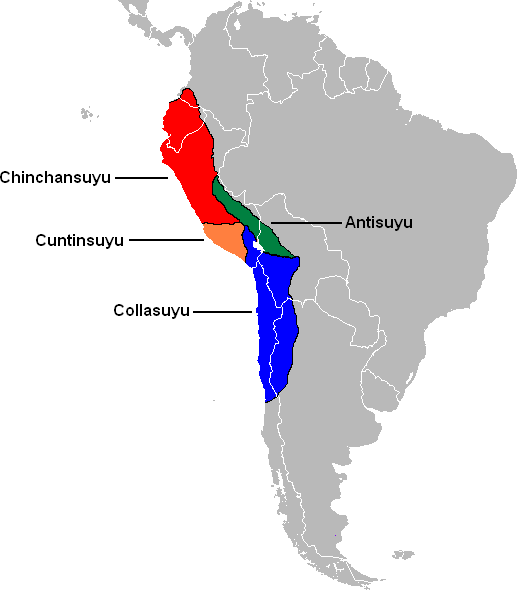
Far
removed from the Aztec and Maya, the Incan empire spanned the west coast of
South America, yet the Spanish thought to expand their interests, because of
the lure of gold and silver - and to convert the natives to Christianity.
The
Incan Incan Empire, called Tawantinsuyu by its subjects, (Quechua for the "Realm of the Four Parts") was the largest empire in pre-Columbian America. The administrative, political and military center of the empire was in the city of Cusco. The Inca civilization arose from the Peruvian highlands sometime in the early 13th century. The Spanish began the conquest of the Inca Empire in 1532 and by 1572, the last Inca state was fully conquered.
From 1438 to 1533, the Incas incorporated a large portion of western South America, centered on the Andean Mountains, using conquest and peaceful assimilation, among other methods. At its largest, the empire joined modern-day Peru, what are now western Ecuador, western and south central Bolivia, northwest Argentina, the southwesternmost tip of Colombia and a large portion of modern-day Chile into a state comparable to the historical empires of Eurasia. Its official language was Quechua.
The Inca Empire was unique in that it lacked many of the features associated with civilization in the Old World. Anthropologist Gordon McEwan wrote that the Incas were able to construct "one of the greatest imperial states in human history" without the use of the wheel, draft animals, knowledge of iron or steel, or even a system of writing. Notable features of the Inca Empire included its monumental architecture, especially stonework, extensive road network reaching all corners of the empire, finely-woven textiles, use of knotted strings (quipu) for record keeping and communication, agricultural innovations and production in a difficult environment, and the organization and management fostered or imposed on its people and their labor.
The Inca Empire functioned largely without money and without markets. Instead, exchange of goods and services was based on reciprocity between individuals and among individuals, groups, and Inca rulers. "Taxes" consisted of a labour obligation of a person to the Empire. The Inca rulers (who theoretically owned all the means of production) reciprocated by granting access to land and goods and providing food and drink in celebratory feasts for their subjects.
Many local forms of worship persisted in the empire, most of them concerning local sacred Huacas, but the Inca leadership encouraged the sun worship of Inti – their sun god – and imposed its sovereignty above other cults such as that of Pachamama. The Incas considered their king, the Sapa Inca, to be the "son of the sun".
The Incan economy is a subject of scholarly debate. Darrell E. La Lone, in his work The Inca as a Nonmarket Economy, noted that scholars have described it as "feudal, slave, [or] socialist," as well as "a system based on reciprocity and redistribution; a system with markets and commerce; or an Asiatic mode of production."
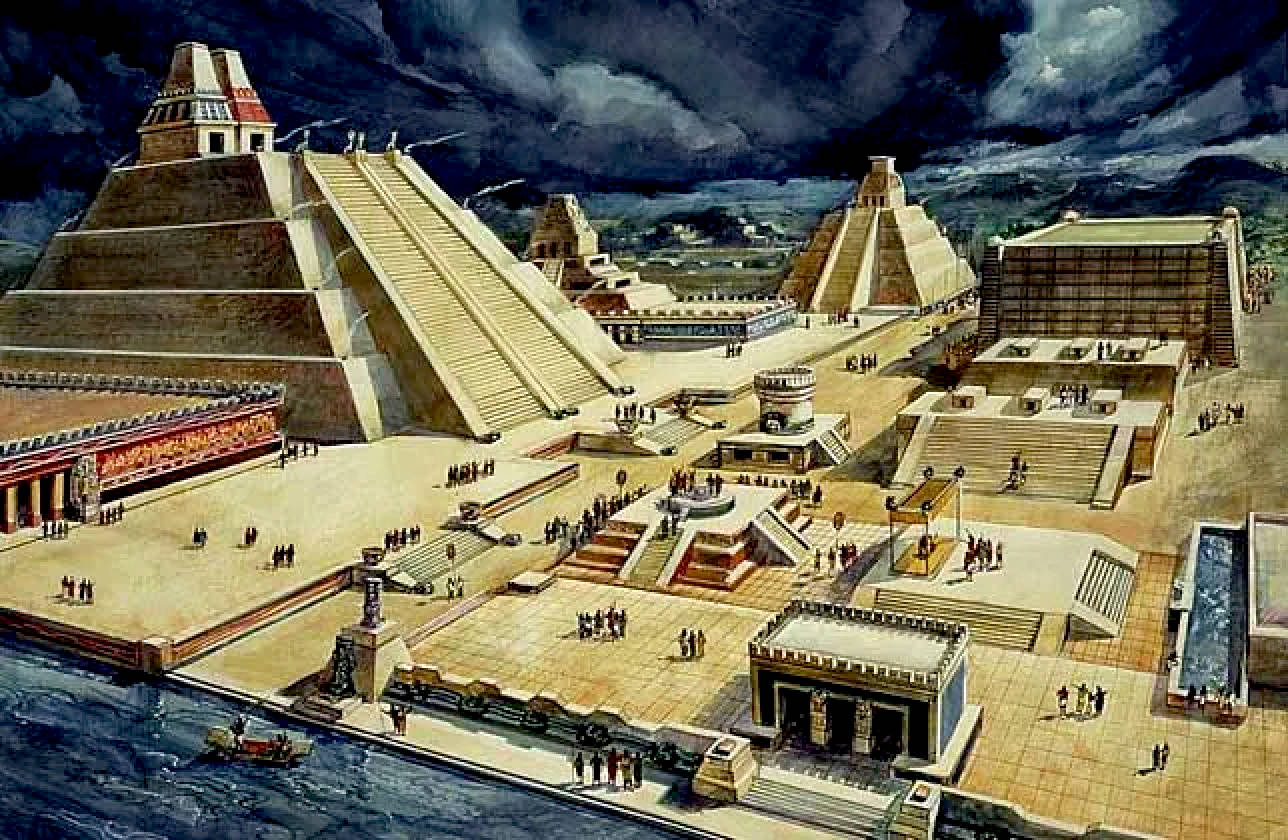
Artists
impression of the city of Tenochtitlán
Like
the ancient
Egyptians, the Inca were quite advanced metallurgically.
Inca gold was stolen by the Spanish conquistadors, to prop up their coffers
in Europe, and pay for wars with the British. Spain was systematically
exporting precious metals from the Maya
and Aztecs.
THE END OF AN EMPIRE
The Spanish installed Atahualpa's brother Manco Inca Yupanqui in power; for some time Manco cooperated with the Spanish while they fought to put down resistance in the north. Meanwhile, an associate of Pizarro, Diego de
Almagro, attempted to claim Cusco. Manco tried to use this intra-Spanish feud to his advantage, recapturing Cusco in 1536, but the Spanish retook the city afterwards. Manco Inca then retreated to the mountains of Vilcabamba and established the small Neo-Inca State, where he and his successors ruled for another 36 years, sometimes raiding the Spanish or inciting revolts against them. In 1572 the last Inca stronghold was conquered and the last ruler, Túpac
Amaru, Manco's son, was captured and executed. This ended resistance to the Spanish conquest under the political authority of the Inca state.
After the fall of the Inca Empire many aspects of Inca culture were systematically destroyed, including their sophisticated farming system, known as the vertical archipelago model of agriculture. Spanish colonial officials used the Inca mita corvée labor system for colonial aims, sometimes brutally. One member of each family was forced to work in the gold and silver mines, the foremost of which was the titanic silver mine at Potosí. When a family member died, which would usually happen within a year or two, the family was required to send a replacement.
Although smallpox is usually presumed to have spread through the Empire before the arrival of the Spaniards, the devastation is also consistent with other theories. Beginning in Colombia, smallpox spread rapidly before the Spanish invaders first arrived in the empire. The spread was probably aided by the efficient Inca road system. Smallpox was only the first epidemic. Other diseases, including a probable typhus outbreak in 1546, influenza and smallpox together in 1558, smallpox again in 1589, diphtheria in 1614, and measles in 1618, all ravaged the Inca people.
There would be periodic attempts by indigenous leaders to expel the Spanish colonists and re-create the Inca Empire until the late 18th century. See Juan Santos Atahualpa and Túpac Amaru II.
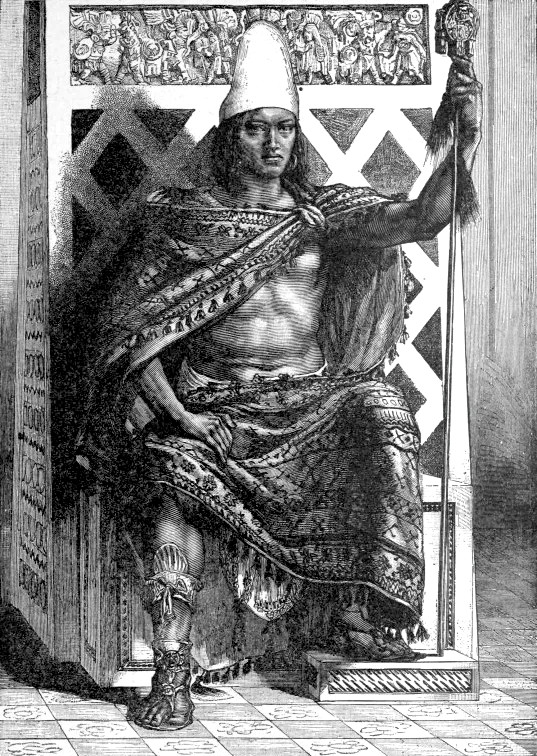
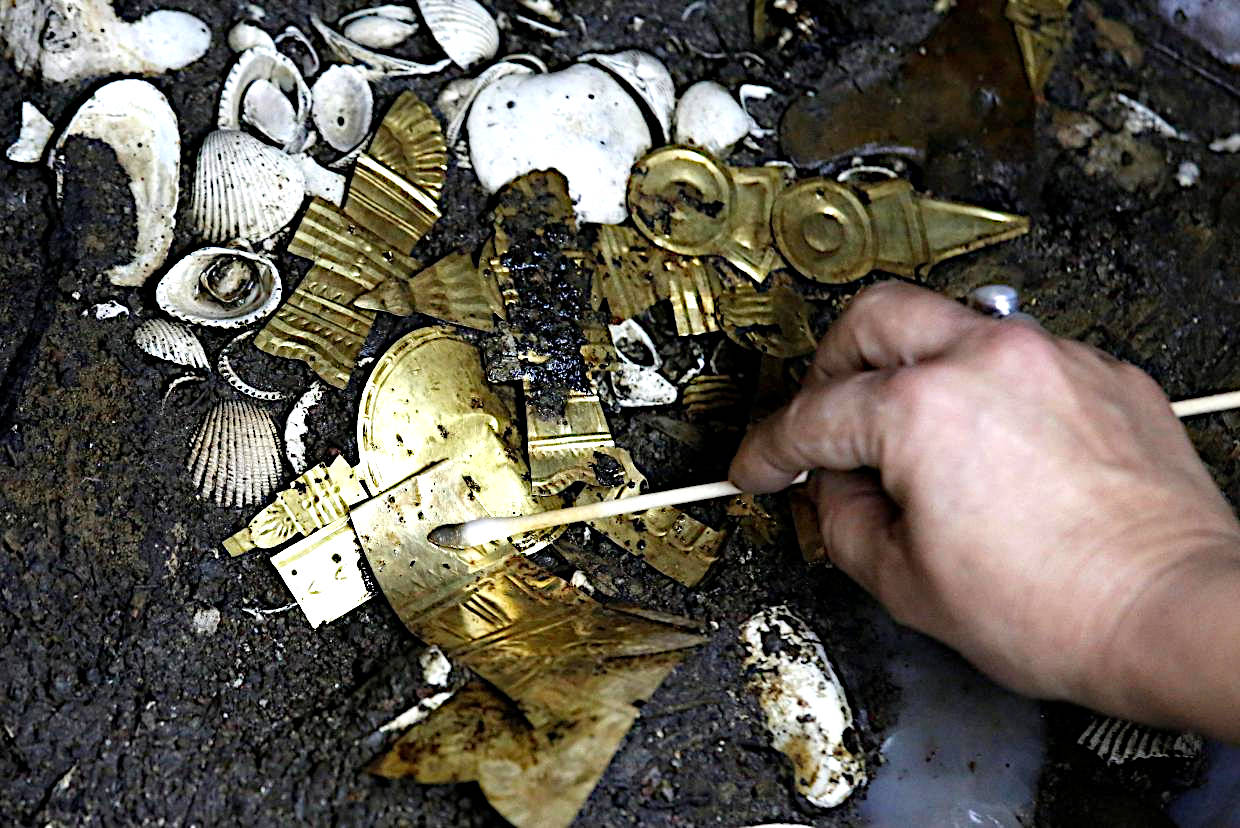
Montezuma
and a ceremonial outfit, including gold and seashells
Traditionally the son of the Inca ruler led the army. Pachacuti's son Túpac Inca Yupanqui began conquests to the north in 1463 and continued them as Inca ruler after Pachacuti's death in 1471. Túpac Inca's most important conquest was the Kingdom of Chimor, the Inca's only serious rival for the Peruvian coast. Túpac Inca's empire then stretched north into what are today Ecuador and Colombia.
Túpac Inca's son Huayna Cápac added a small portion of land to the north in what is today Ecuador. At its height, the Inca Empire included modern-day Peru, what are today western and south central Bolivia, southwest Ecuador and Colombia and a large portion of modern-day Chile, at the north of the Maule River. Traditional historiography claims the advance south halted after the Battle of the Maule where they met determined resistance from the Mapuche.
This view is challenged by historian Osvaldo Silva who argues instead that it was the social and political framework of the Mapuche that posed the main difficulty in imposing imperial rule. Silva does accept that the battle of the Maule was a stalemate, but argues the Incas lacked incentives for conquest they had had when fighting more complex societies such as the Chimú Empire.
Silva also disputes the date given by traditional historiography for the battle: the late 15th century during the reign of Topa Inca Yupanqui (1471–93). Instead, he places it in 1532 during the Inca Civil War. Nevertheless, Silva agrees on the claim that the bulk of the Incan conquests were made during the late 15th century. At the time of the Incan Civil War an Inca army was, according to Diego de Rosales, subduing a revolt among the Diaguitas of Copiapó and Coquimbo.
The empire's push into the Amazon Basin near the Chinchipe River was stopped by the Shuar in 1527. The empire extended into corners of what are today the north of Argentina and part of the southern Colombia. However, most of the southern portion of the Inca empire, the portion denominated as Qullasuyu, was located in the Altiplano.
The Inca Empire was an amalgamation of languages, cultures and peoples. The components of the empire were not all uniformly loyal, nor were the local cultures all fully integrated. The Inca empire as a whole had an economy based on exchange and taxation of luxury goods and labour. The following quote describes a method of taxation:
For as is well known to all, not a single village of the highlands or the plains failed to pay the tribute levied on it by those who were in charge of these matters. There were even provinces where, when the natives alleged that they were unable to pay their tribute, the Inca ordered that each inhabitant should be obliged to turn in every four months a large quill full of live lice, which was the Inca's way of teaching and accustoming them to pay tribute.
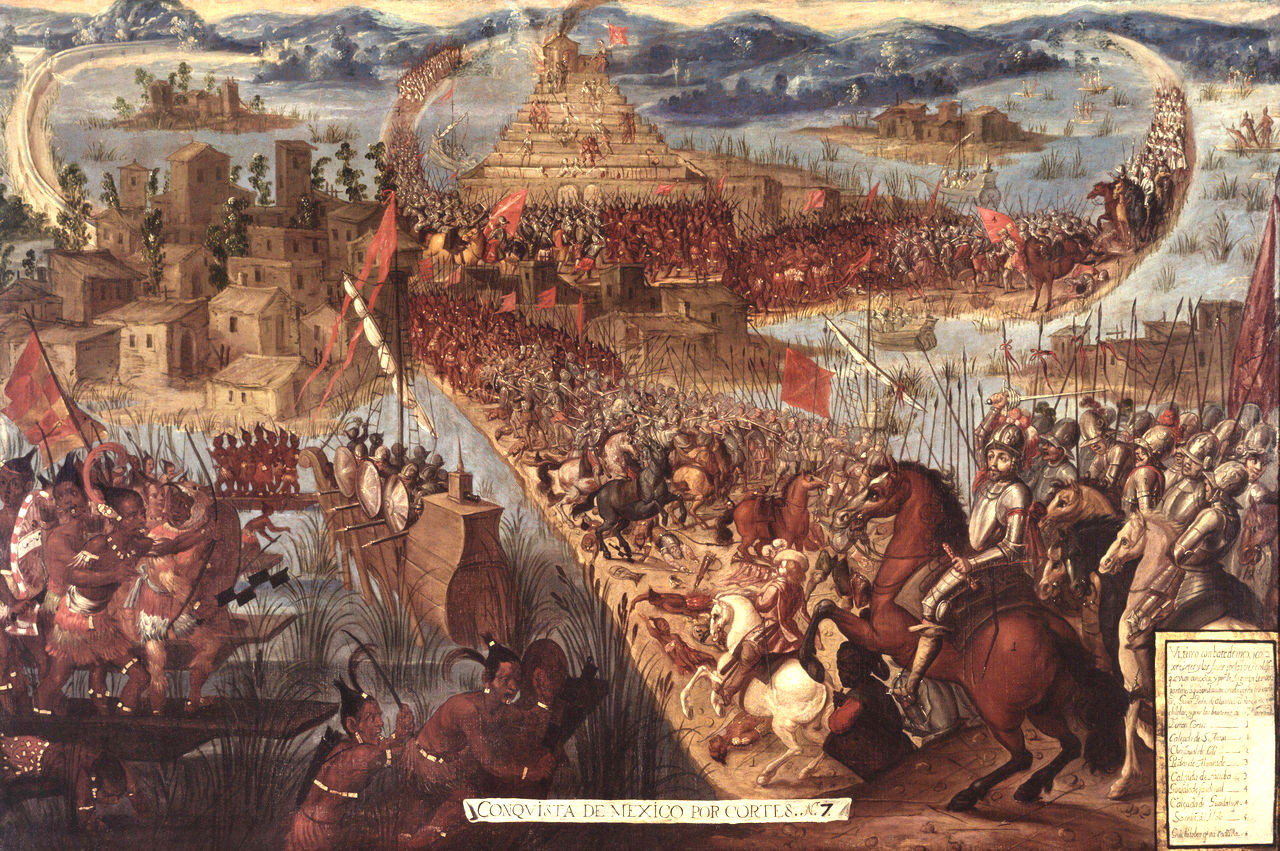
The
Spanish laid siege to the Aztec city of Tenochtitlán, driven by gold fever
and dreams of conquest.
SPANISH CONQUEST
Spanish conquistadors led by Francisco Pizarro and his brothers explored south from what is today Panama, reaching Inca territory by 1526. It was clear that they had reached a wealthy land with prospects of great treasure, and after another expedition in 1529 Pizarro traveled to Spain and received royal approval to conquer the region and be its viceroy. This approval was received as detailed in the following quote: "In July 1529 the Queen of Spain signed a charter allowing Pizarro to conquer the Incas. Pizarro was named governor and captain of all conquests in Peru, or New Castile, as the Spanish now called the land".
When the conquistadors returned to Peru in 1532, a war of succession between the sons of Sapa Inca Huayna Capac, Huáscar and Atahualpa, and unrest among newly conquered territories weakened the empire. Perhaps more importantly, smallpox, influenza, typhus and measles had spread from Central America. The first epidemic of European disease in the Inca Empire was probably in the 1520s, killing Huayna Capac, his designated heir, and an unknown, probably large, number of other Incan subjects.
The forces led by Pizarro consisted of 168 men, one cannon, and 27 horses. Conquistadors ported lances, arquebuses, steel armor and long swords. In contrast, the Inca used weapons made out of wood, stone, copper and bronze, while using an Alpaca fiber based armor, putting them at significant technological disadvantage. None of their weapons could pierce the Spanish steel armor. In addition, due to the absence of horses in Peru, the Inca did not develop tactics to fight cavalry. However, the Inca were still effective warriors, being able to successfully fight the Mapuche, who later would strategically defeat the Spanish as they expanded further south.
The first engagement between the Inca and the Spanish was the Battle of Puná, near present-day Guayaquil, Ecuador, on the Pacific Coast; Pizarro then founded the city of Piura in July 1532. Hernando de Soto was sent inland to explore the interior and returned with an invitation to meet the Inca, Atahualpa, who had defeated his brother in the civil war and was resting at Cajamarca with his army of 80,000 troops, that were at the moment armed only with hunting tools (knives and lassos for hunting llamas).
Pizarro and some of his men, most notably a friar named Vincente de Valverde, met with the Inca, who had brought only a small retinue. The Inca offered them ceremonial chicha in a golden cup, which the Spanish rejected. The Spanish interpreter, Friar Vincente, read the "Requerimiento" that demanded that he and his empire accept the rule of King Charles I of Spain and convert to
Christianity. Atahualpa dismissed the message and asked them to leave. After this, the Spanish began their attack against the mostly unarmed Inca, captured Atahualpa as hostage, and forced the Inca to collaborate.
Atahualpa offered the Spaniards enough gold to fill the room he was imprisoned in and twice that amount of
silver. The Inca fulfilled this ransom, but Pizarro deceived them, refusing to release the Inca afterwards. During Atahualpa's imprisonment Huáscar was assassinated elsewhere. The Spaniards maintained that this was at Atahualpa's orders; this was used as one of the charges against Atahualpa when the Spaniards finally executed him, in August 1533.
Although "defeat" often implies an unwanted loss in battle, many of the diverse ethnic groups ruled by the Inca "welcomed the Spanish invaders as liberators and willingly settled down with them to share rule of Andean farmers and miners". Many regional leaders, called Kurakas, continued to serve the Spanish overlords, called encomenderos, as they had served the Inca overlords. Other than efforts to spread the religion of Christianity, the Spanish benefited from and made little effort to change the society and culture of the former Inca Empire until the rule of Francisco de Toledo as viceroy from 1569 to 1581.
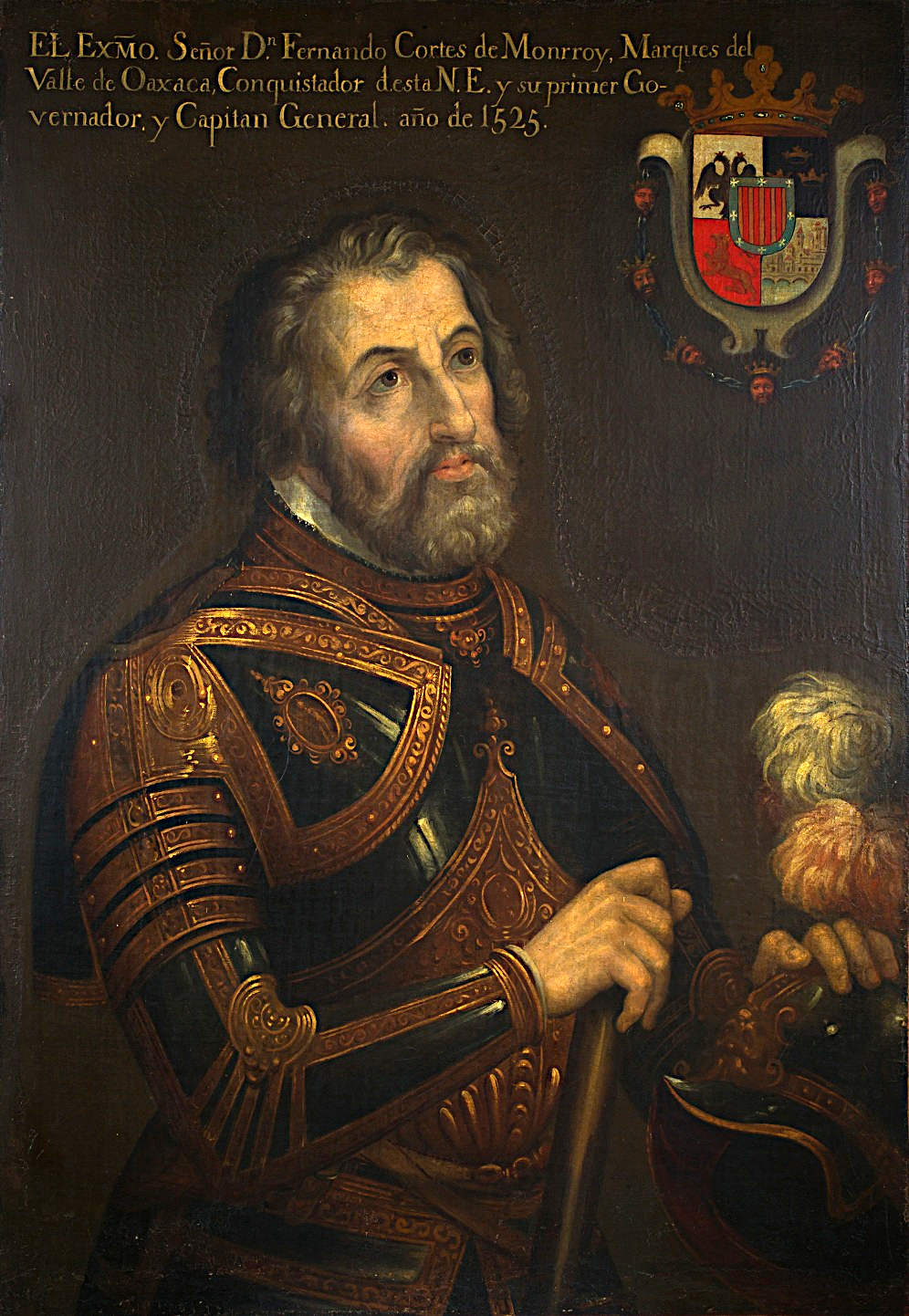
Spanish
Conquistadors were ruthless mercenaries, who murdered thousands of Aztec
natives, for gold. The Aztecs were also bloodthirsty, with rituals involving
live human sacrifices. Spain, like many other European countries at that
time, were keen to establish colonies, from where to export riches to their
European masters. Such a notion, while viable at that time was doomed to
eventual independences, as slaves revolted against their masters.
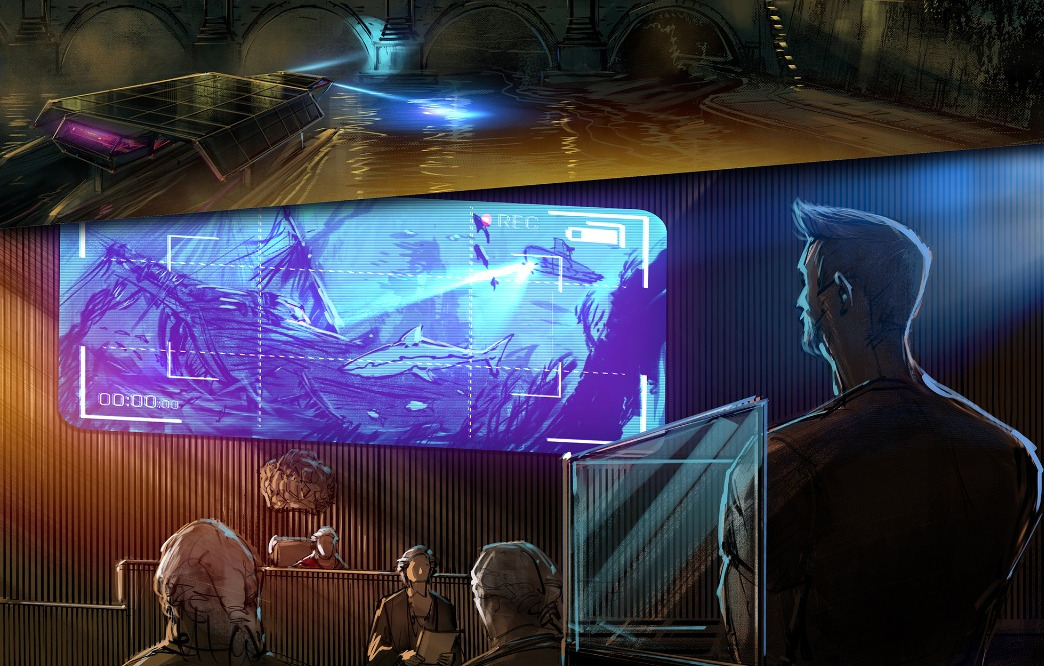
STORM
BY NAME, STORMY BY NATURE - Only two people knew where Henry Morgan's
golden hoard was stashed, and they are both in Davy Jones Locker.
Blackbeard was tortured to death by a British officer, trying to extract the secret,
Henry Morgan died of a heart attack in Jamaica.
John Storm discovers the location, but refuses to tell, even in the International Court, where
Hague prosecutors try every trick in the book to make him reveal all. The
British and Spanish gambits backfire, when the Court find no claim for
Britain or Spain, but exonerate John, and appoint him unofficial arbitrator,
with the full backing of those with genuine heritage claims.
The
best known golden treasures are Doubloons, Guineas and Sovereigns. Other
forms of transportable money are diamonds, rubies and
emeralds. In this fictional John
Storm adventure, Henry Morgan is the pirate who liberated the gold
that the
Spanish had stolen from the Aztecs, Inca and possible Maya Empires. And Blackbeard
is the pirate who knew part of the secret location, that he took with him to
the grave.
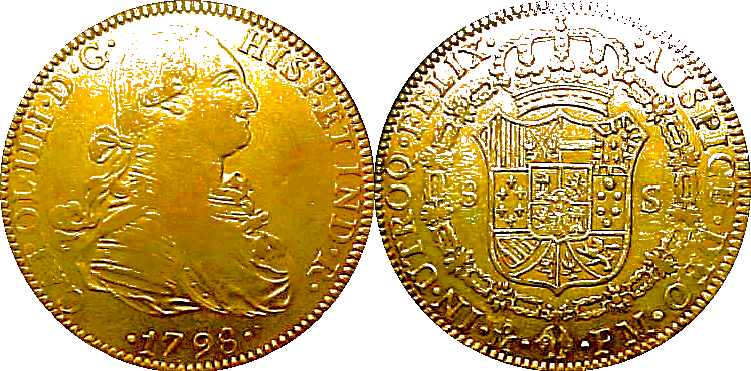
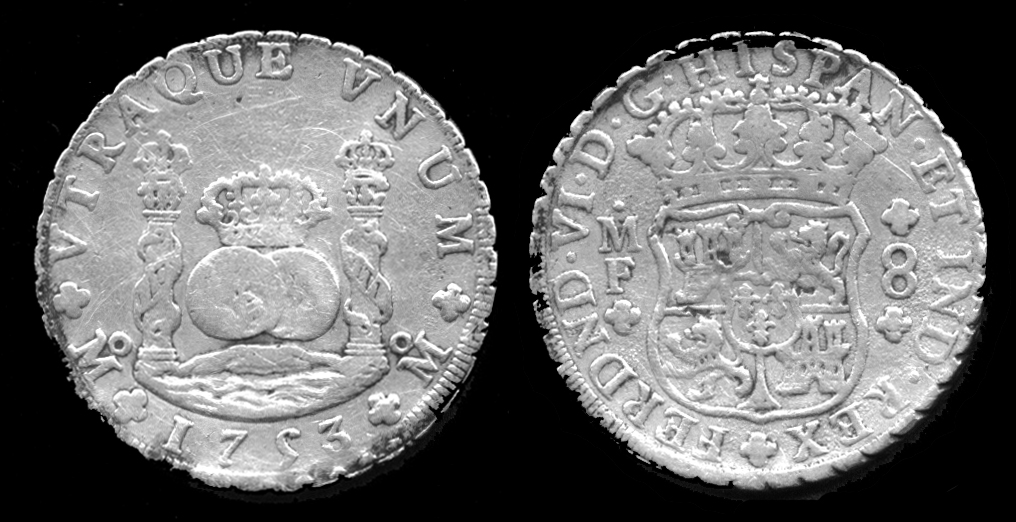
The
original Treasure
Island was written by Robert Louis
Stevenson, becoming an instant hit,
popular with children and adults, the subject of many films and graphic
novels.
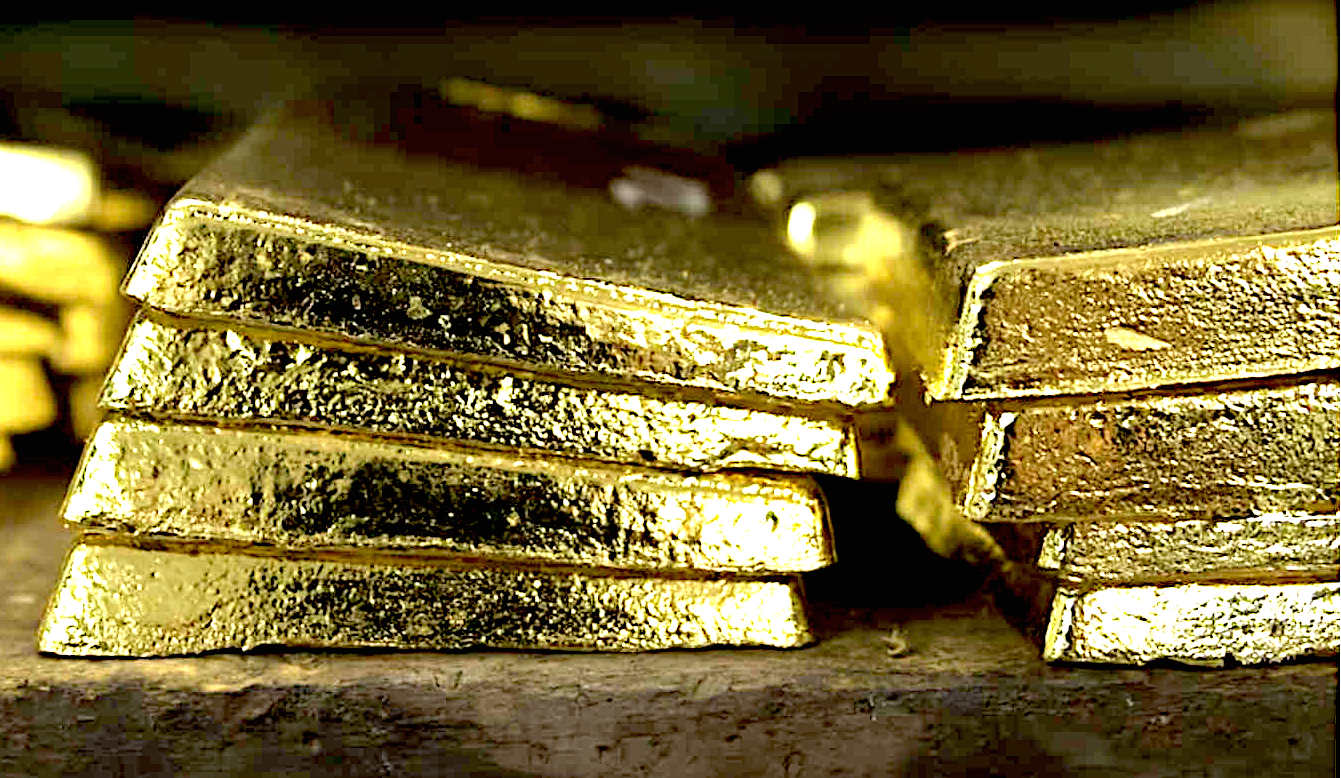
When
food shortages and the energy crisis really begins to bite, only gold,
silver and gemstones will be worth anything, by way of savings and pensions.
Banks who trade in real coin of the realm, are the only ones who will be
trusted in the future. Coins could soon make a comeback. The good news is
that countries do not need to mint their own. Anyone can produce a quarter
ounce dollar, based on the value of gold itself, rather than what any nation
says it is worth. We'd suggest that gold is index linked to food, timber and
other essential commodities.
|









